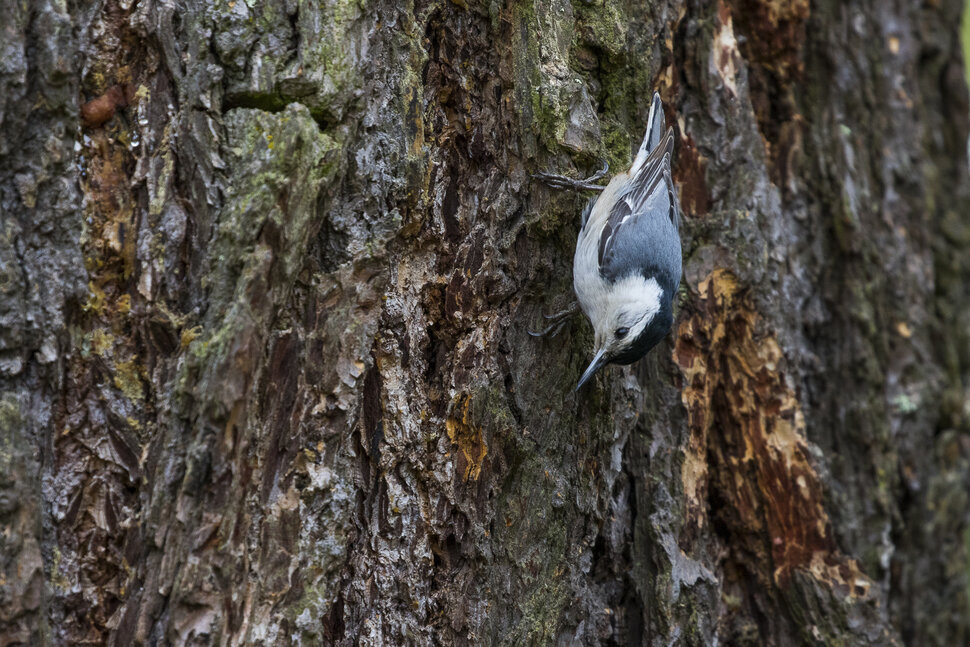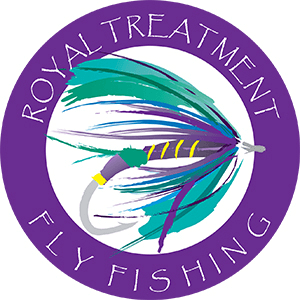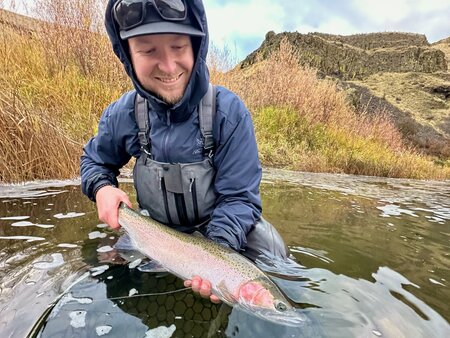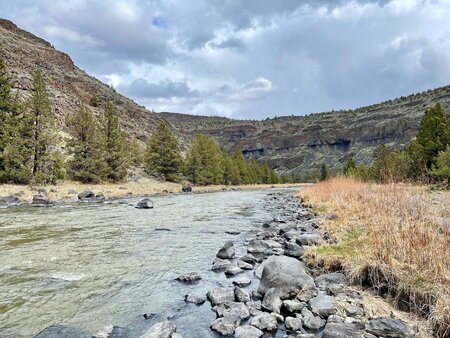Fly Fishing is for the Birds

Fly fishing has always had a connection to our feathered friends, a symbiotic relationship that favors the angler more than the fowl; nevertheless, birds do benefit through habitat restoration projects and advocacy from the more enlightened angling public. Just as fish need water, birds need wild places to live, and since we, as anglers, end up in those wild places, we get to cross paths from time to time.
Fly anglers are naturally curious; watching for rising fish or bugs hatching, one inevitably encounters winged creatures swooping over the water to snatch an insect off the surface just as a trout rises to feed. What bug was that? Better yet, what was that bird? We hear a birdsong overhead and wonder who is singing. Our curiosity leads us to a collection of field guides and ornithology books that have slipped into our bookshelves next to hatch guides and river journals. We add to our bird life list as we click off the new fisheries we've added to our bucket list of angling adventures. Scratch the surface of a fly angler, and you'll find an amateur ornithologist or perhaps a professional one. A case in point is our good friend John Shewey, who has penned several well-known angling books and two volumes on birds. He co-authored "Birds of the Pacific Northwest" and more recently released "The Hummingbird Handbook." When John visits the shop, our conversations always include a bit of bird chatter.
During a recent trip to Mexico, we were delighted to see one of our guests using the (Free) Merlin Bird app. This handy tool allowed them to identify the bird songs in the trees above the beach hammock. Jennifer and I have used this app for years and found it a game-changer when encountering unfamiliar birds. With the bird song identification feature, you can record live birds, and the app will provide their names. This is particularly useful when you can hear but not see the birds, a situation that often arises during our outdoor adventures. The app at least helps you know what to look for.
The app also has an identifying tool that allows you to choose the size and predominant colors to present a list of possible matches. This is handy for the many wading birds we come across in the tropics, as, for the most part, they don't say much. In Xcalak, we added Wood Storks to our life list using the bird search feature, a species I had never seen in my travels. Watching these large, graceful flyers pass overhead became a daily treat for two fly-fishing bird lovers. While listed as rare, our guide informed us that a vibrant Wood Stork rookery was on a nearby mangrove island, along with Ibis, Spoonbills, Egrets, and a host of other wading birds.
While not all anglers are bird geeks, there are angling benefits to knowing the habits of birds. It's well known that birds circling over the ocean mark possible bait near the surface, indicating larger fish might be in the area. Again, on our recent adventure in Mexico, Frigate Birds circled overhead, occasionally dropping down to grab a quick meal. Below the circling birds, Tarpon broke the surface, feeding on the baitfish caught between the two. We dropped in on the feast and hooked up within a few casts, fishing until the bait, birds, and Tarpon moved on.
While not as exotic as Frigate Birds, seagulls play the same role in fisheries closer to home. Plying the Pacific coast waters, one looks for birds overhead to guide us to Salmon or other target species, but what does it mean when Seagulls dive and swoop over the Deschutes? Well, bird lovers, it depends on what time of the year you see them. In May or June, if you see a collection of gulls working the sky over the river, it usually means Green Drakes. Salmonflies and Goldenstones may appear on the list of possibilities, but Green Drakes invoke more enthusiasm from the normally coastal residents. If a large number of Gulls show up inland during the fall months, prepare for the season's first Sou'Wester, it's going to blow.
Seabirds are not the only harbingers of angling intel that may be gleaned from our feathered friends. Swallows and Night Hawks feed on emerging insects at different times of the day, with Swallows more likely to provide helpful information by signaling the beginning of a Mayfly hatch, while Night Hawks join the fluttering Bats to tell you it's over; time to head to camp.
Birds also mark the seasons as migratory schedules are more accurate than the calendar or the infamous rodent in Gobbler's Knob, letting us know winter is fading or might last a few weeks longer. They also remind us that there is an end to these idyllic summer days when they head to warmer climates to the south as winter's breath begins to blow.
We've had a flock of Bandtail Pigeons roost in the trees between our home and the Willamette River for several years. They've learned that fresh water and food can be found in our yard among the native plants and trees. The first pair show up anytime between the end of February and the middle of March, bringing a reminder that it's time to hit the Metolius for the Spring Caddis hatch or the McKenzie for the March Browns. We love to watch their antics as the flock grows, with the new brood squabbling as they set the pecking order. Last fall, I watched the flock gather overhead, circling for several minutes as more small groups joined the formation. Soon, when their number was close to 40 birds, they broke the circle and headed south down the Willamette and out of sight. As I walked back towards the house, something caught my eye. Spiraling down from the now empty sky was a single grey wing feather. A good-bye gift from our summer guests. I picked it up and carried it inside to the fly bench. It will make some lovely BWO wings...




